Heating And Ventilation
10 products
Showing 1 - 10 of 10 products
The Essential Guide to Car Heating and Ventilation Systems
When it comes to driving comfort, few things are as important as the heating and ventilation systems in your car. Whether you're battling freezing temperatures in winter or enduring sweltering heat in summer, a properly functioning heating and ventilation system ensures a pleasant driving experience. In this article, we'll explore the key components, working principles, and maintenance tips for car heating and ventilation systems.Heating System:
The heating system in a car is responsible for keeping the interior warm during colder weather conditions. It consists of several components working together to distribute warm air throughout the cabin.a. Heater Core: The heater core acts as a heat exchanger, utilizing engine coolant to generate heat. The warm coolant flows through the core, and air passing over it is heated and directed into the cabin.
b. Blower Motor: The blower motor forces air through the heater core and into the cabin. It controls the speed and intensity of the airflow, allowing for adjustments based on driver and passenger preferences.
c. Control Panel: The control panel enables the driver or passengers to adjust the temperature, fan speed, and air distribution within the car. It provides control over the heating system and directs the airflow to different vents.
Ventilation System:
The ventilation system ensures fresh air circulation inside the car, preventing stale air and odors from building up. It plays a vital role in maintaining a comfortable environment for the driver and passengers.a. Air Intake: The ventilation system draws fresh air from outside the car through the air intake located at the base of the windshield. This air is then filtered to remove dust, pollen, and other contaminants.
b. Cabin Air Filter: The cabin air filter traps particles and pollutants, preventing them from entering the cabin. Regular replacement of the cabin air filter is crucial for maintaining good air quality and system efficiency.
c. Blower Motor and Ducts: Similar to the heating system, the blower motor propels the air through the ventilation ducts and into the cabin. The ducts distribute the airflow to various vents, allowing for different air distribution options.
Maintenance Tips:
To ensure optimal performance and longevity of your car's heating and ventilation systems, regular maintenance is essential. Here are some maintenance tips to keep in mind:1) Replace Cabin Air Filter: Follow the manufacturer's recommendations and replace the cabin air filter at the recommended intervals. This ensures clean air circulation and prevents strain on the blower motor.
2) Check for Airflow Issues: If you notice weak airflow or inconsistent temperature control, it may indicate a problem with the blower motor or ducts. Have your system inspected by a qualified technician to diagnose and rectify any issues.
3) Keep Vents Clear: Regularly inspect and clean the vents to ensure unobstructed airflow. Remove any debris, dust, or obstructions that may hinder proper ventilation.
4) Coolant System Maintenance: Since the heating system relies on the engine coolant, it's important to maintain the coolant system. Regularly check coolant levels and ensure that there are no leaks or blockages.
The heating and ventilation systems in your car are essential for providing comfort and a pleasant driving experience. Understanding the key components and maintenance requirements will help you keep these systems in top shape. By following the maintenance tips outlined in this article, you can ensure that your car's heating and ventilation systems perform optimally, regardless of the weather conditions outside. Stay comfortable and enjoy the ride!
Showing 1 - 10 of 10 products
Display
View
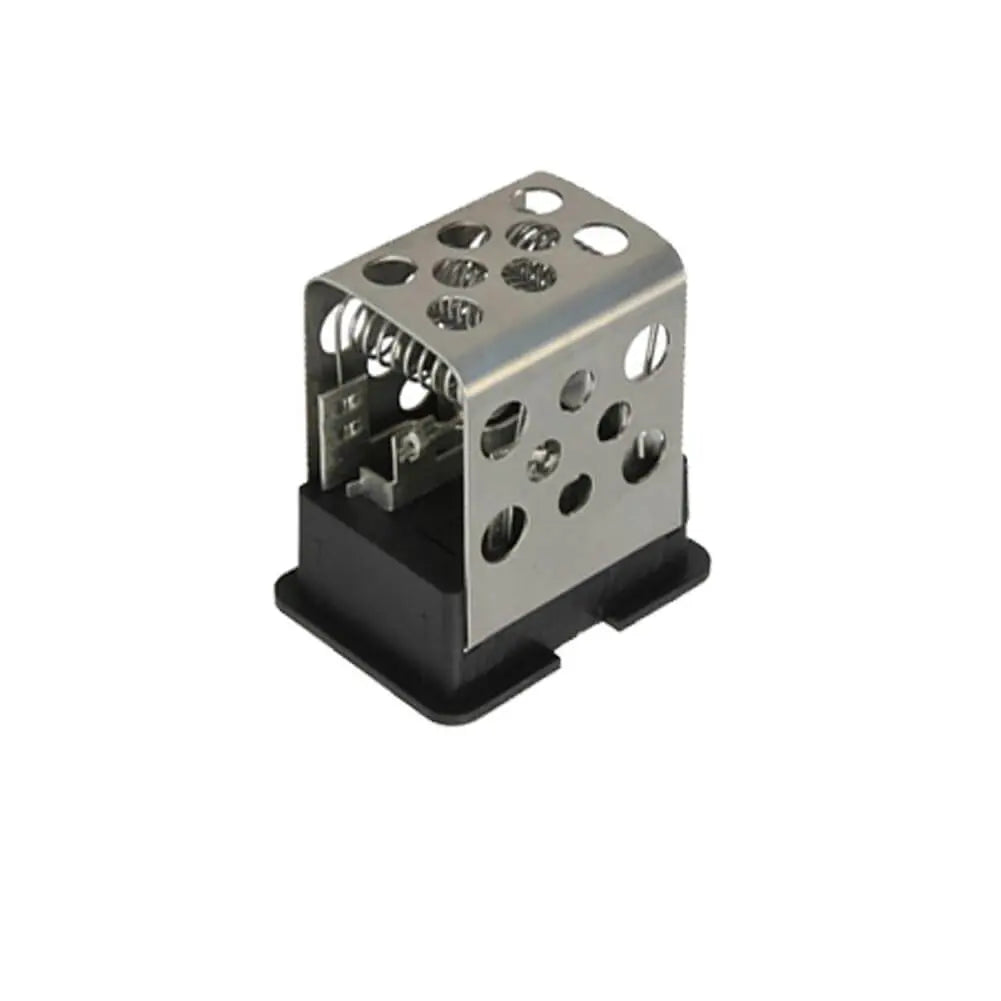

Heater Blower Motor Fan Resistor For Vauxhall Astra G MK4 (T98) Astra H MK5 (A04) Zafira A MK1 (T98) - 90559834
In stock, 50 units
Sale price£14.90
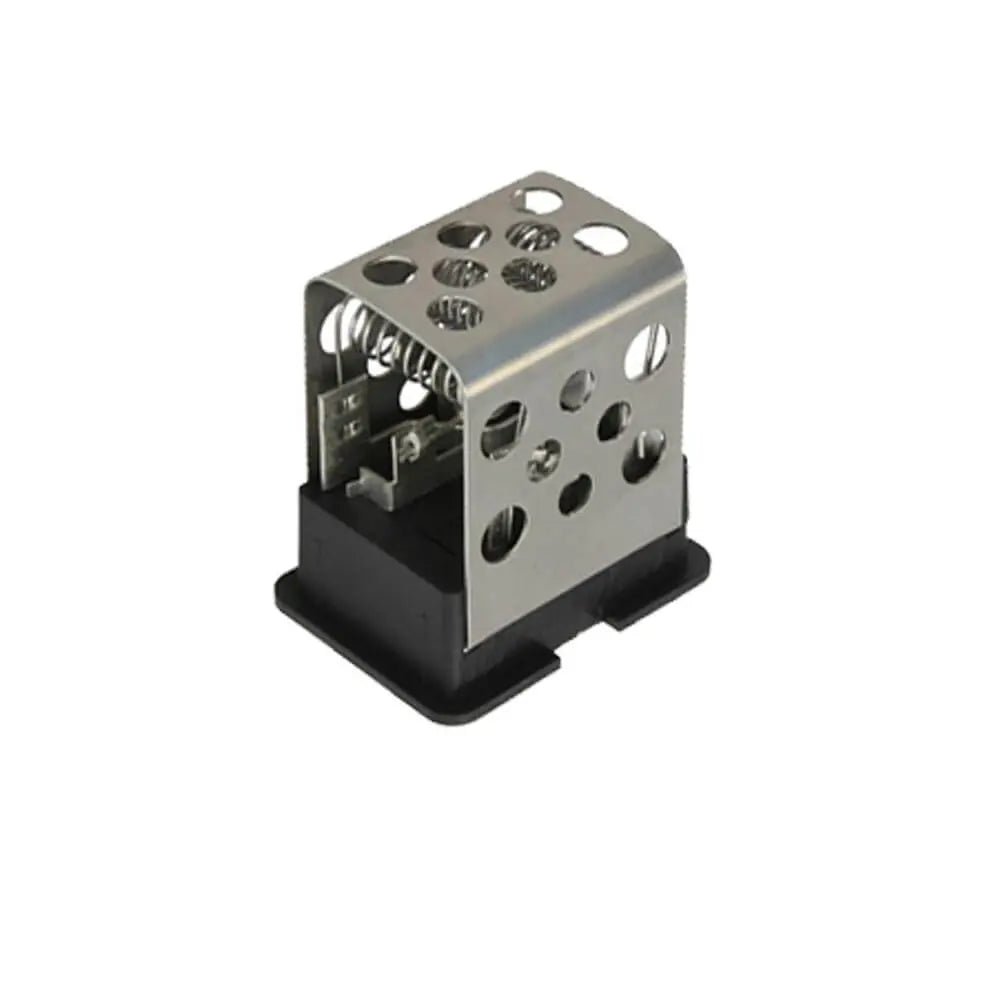
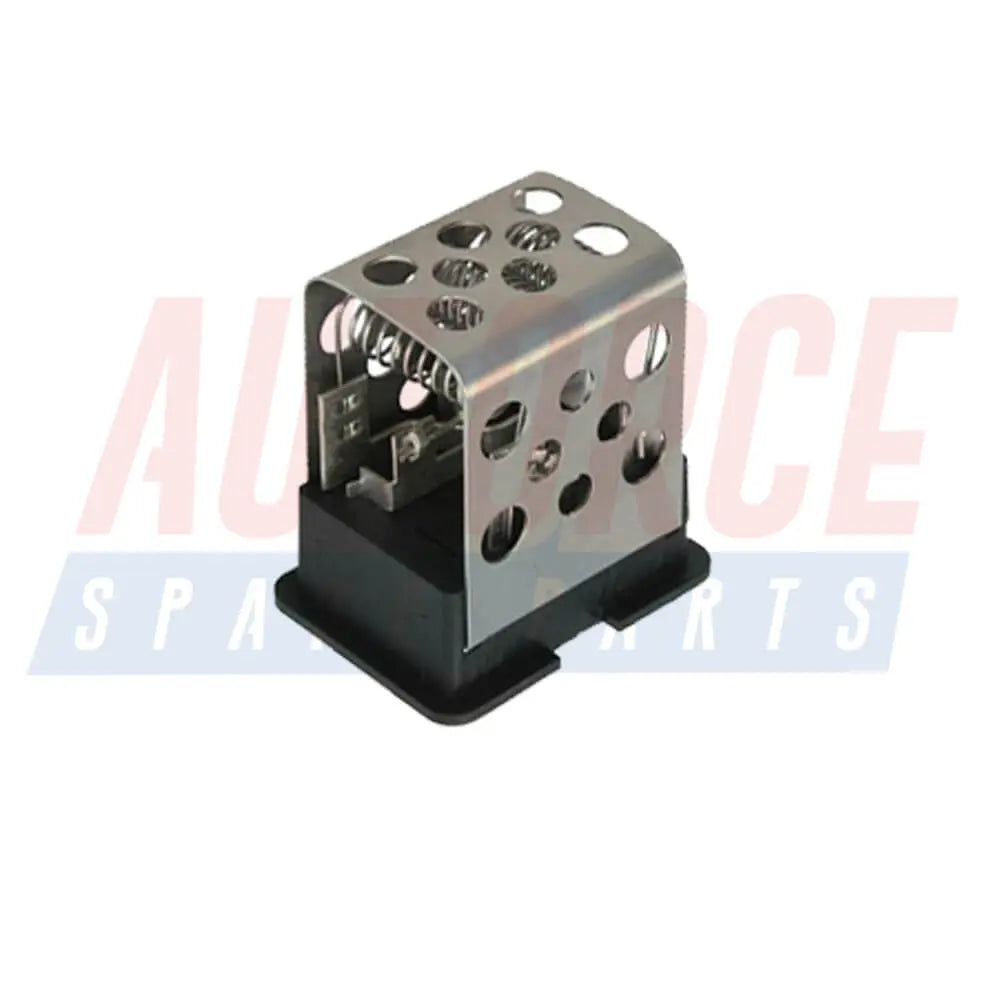
Heater Blower Motor Fan Resistor For Opel Astra G MK4 (T98) Astra H MK5 (A04) Zafira A MK1 (T98) - 1845795, 90559834
In stock, 50 units
Sale price£14.90


Heater Blower Motor Fan Resistor For Vauxhall Corsa B (S93) Corsa C (X01) Hatchback - 1845781, 90535076, 95525332
In stock, 50 units
Sale price£14.40


Heater Blower Motor Fan Resistor For Opel Corsa B (S93) Corsa C (X01) Hatchback - 90535076, 95525332
In stock, 50 units
Sale price£14.40

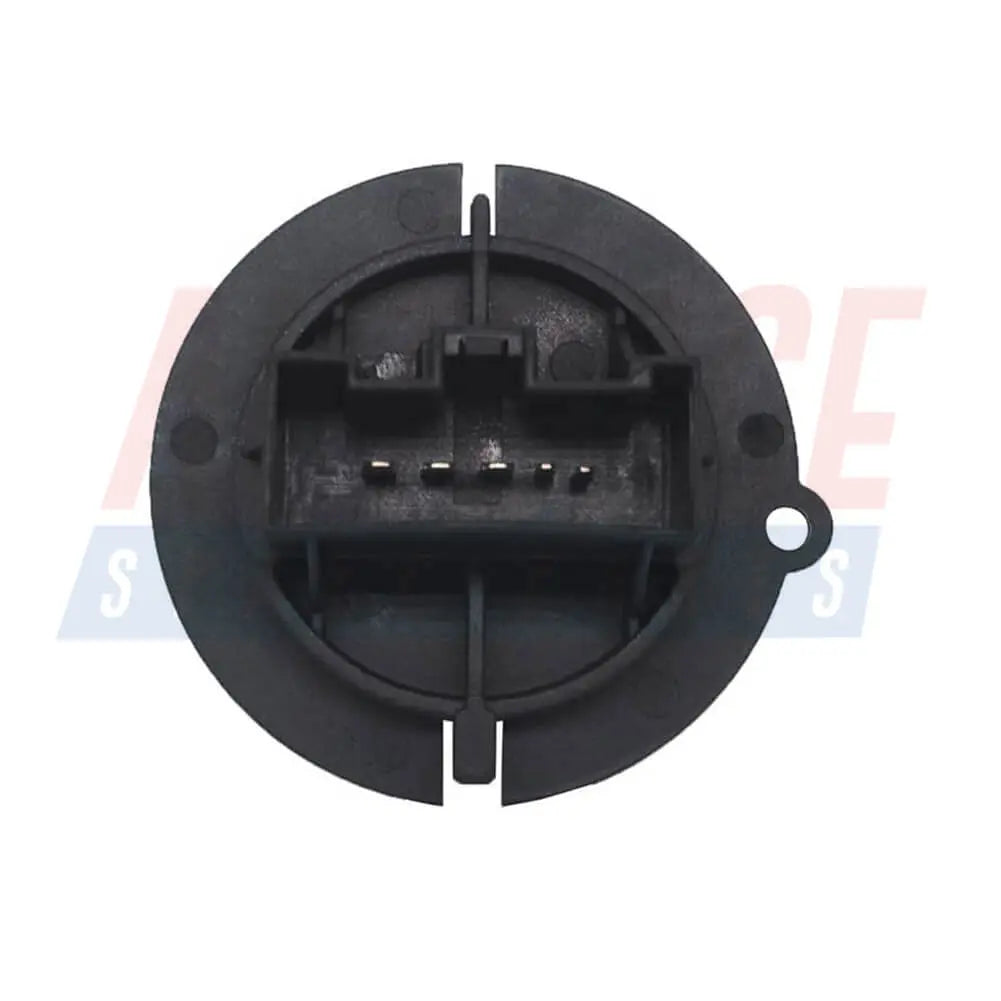
Heater Blower Motor Fan Resistor For Peugeot 206 307 HB, Saloon, Van, Estate, CC - 6450JP, 6450.JP
In stock, 50 units
Sale price£12.90
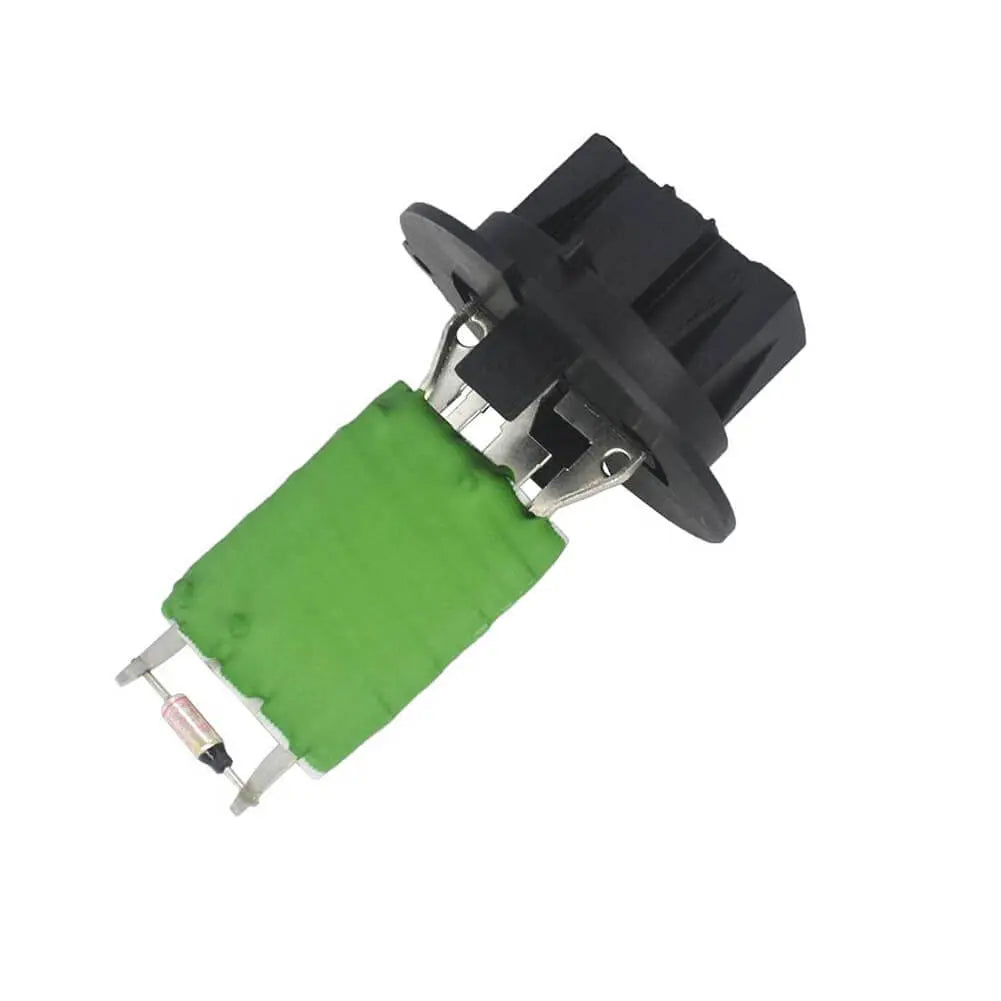
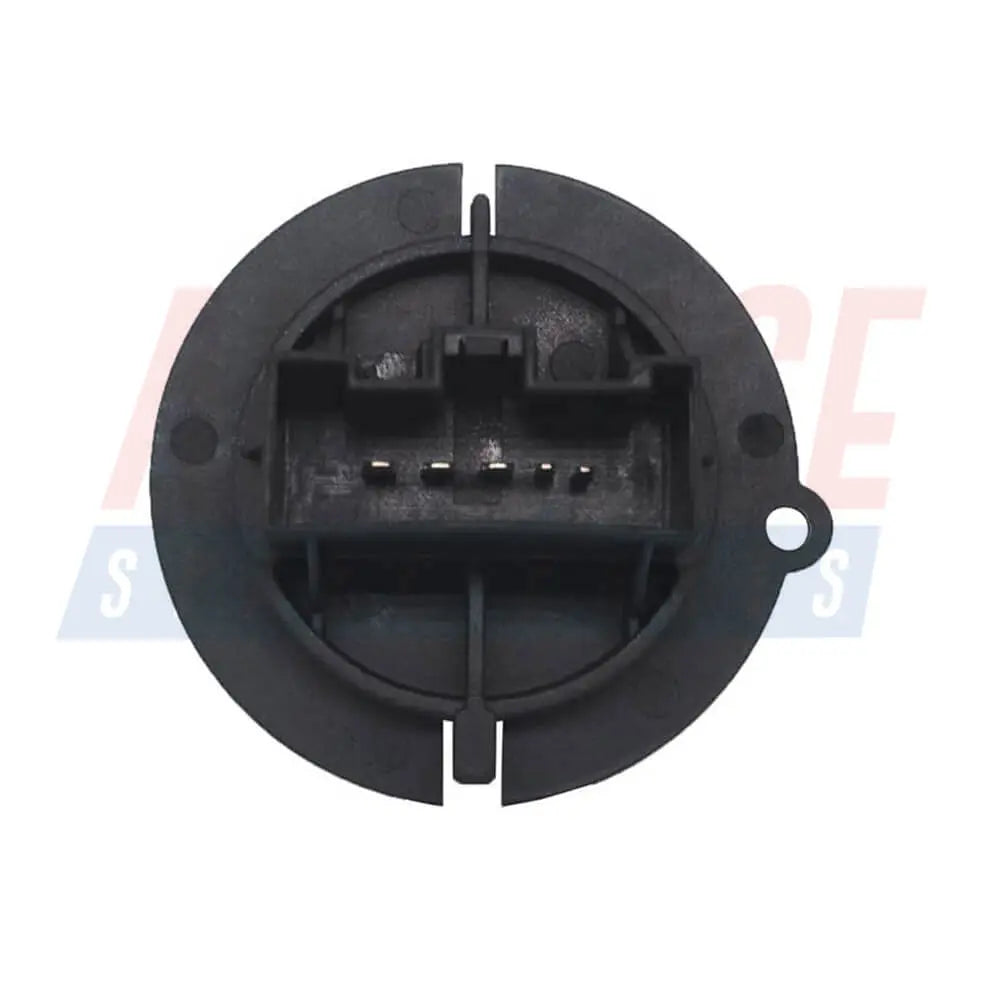
Heater Blower Motor Fan Resistor For Citroen C3 (FC, FN) Xsara Picasso (N68) 6450JP, 6450.JP
In stock, 50 units
Sale price£12.90
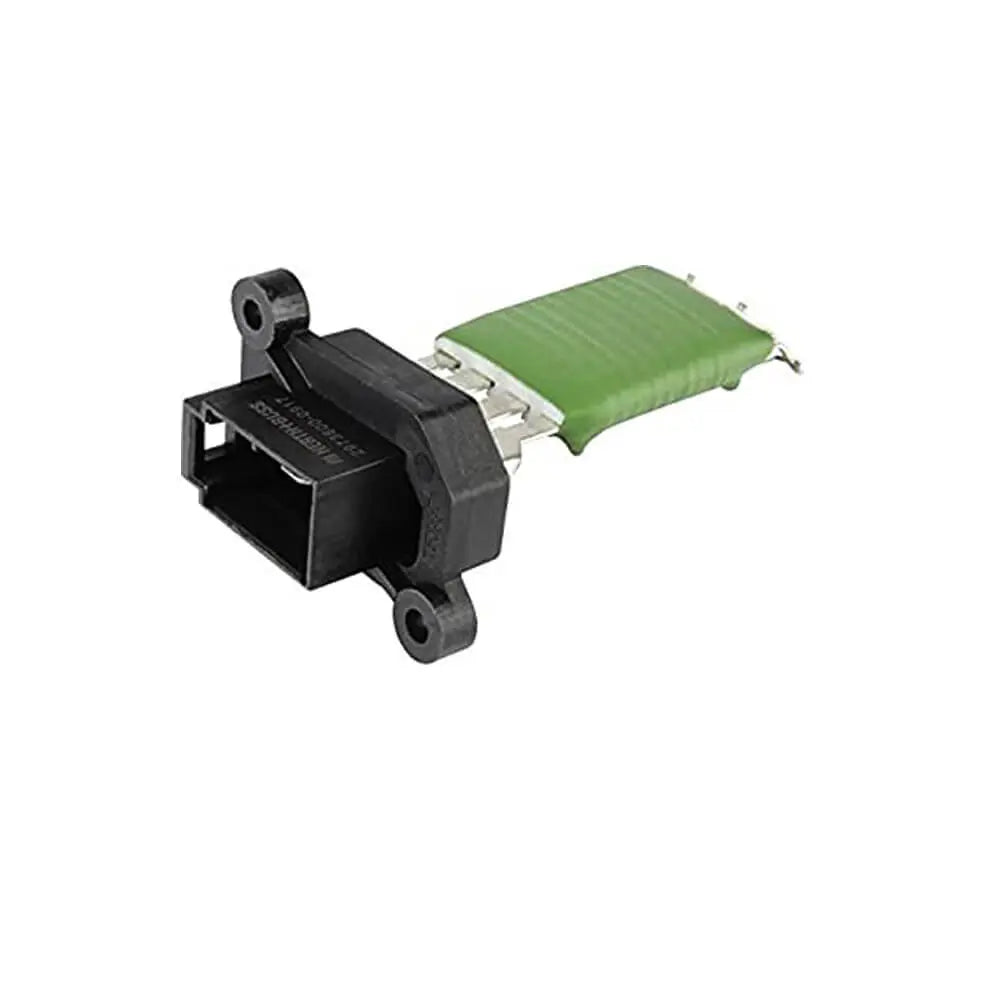

Heater Blower Fan Resistor For Ford Transit Tourneo Transit Mk5 Mk6 Mk7 Bus Platform Van (1994 - 2014) 1089959, 3C1H18B647AA
In stock, 49 units
Sale price£16.90
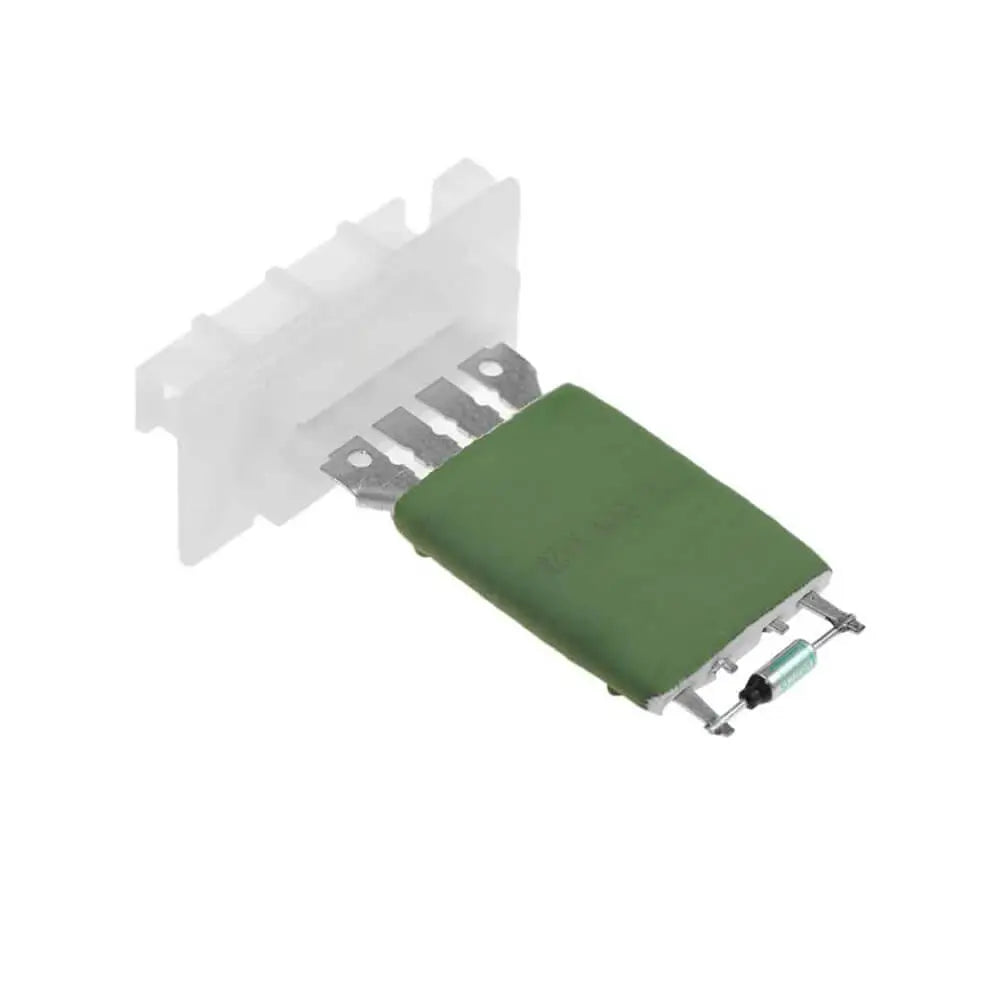
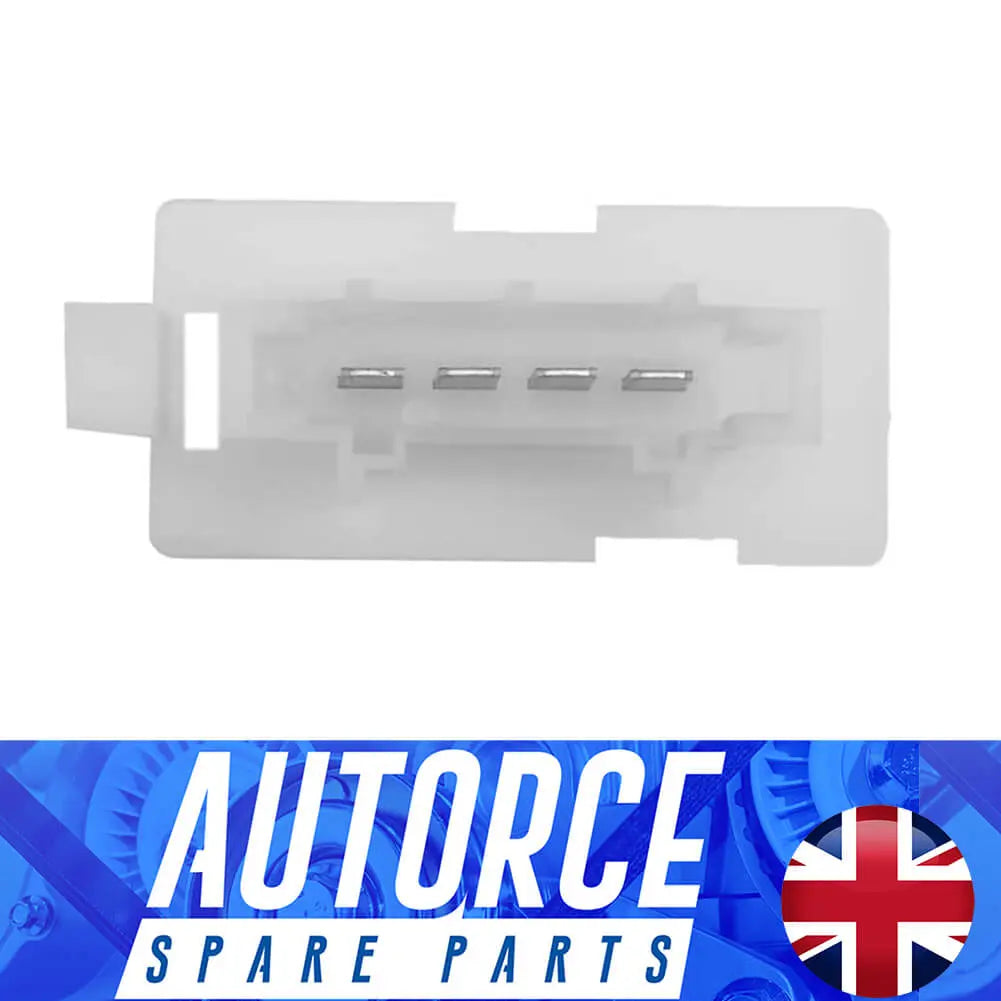
Heater Blower Motor Fan Resistor For Fiat Punto II Hatchback (188) (1999 - 2012) 46770818, 6450NV, 46770860
In stock, 50 units
Sale price£16.90
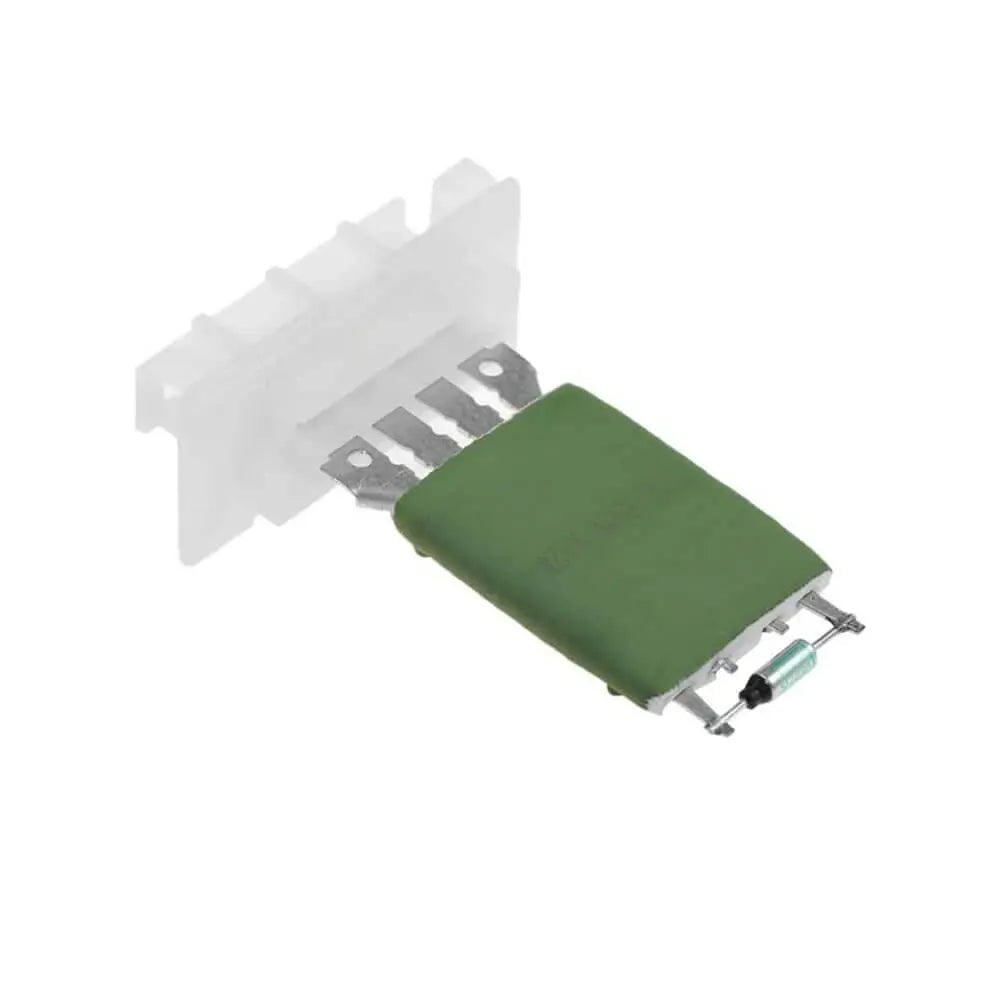

Heater Blower Motor Fan Resistor For Peugeot Partner Van MPV - 6450NV, 46770818, 6450.NV
In stock, 50 units
Sale price£16.90
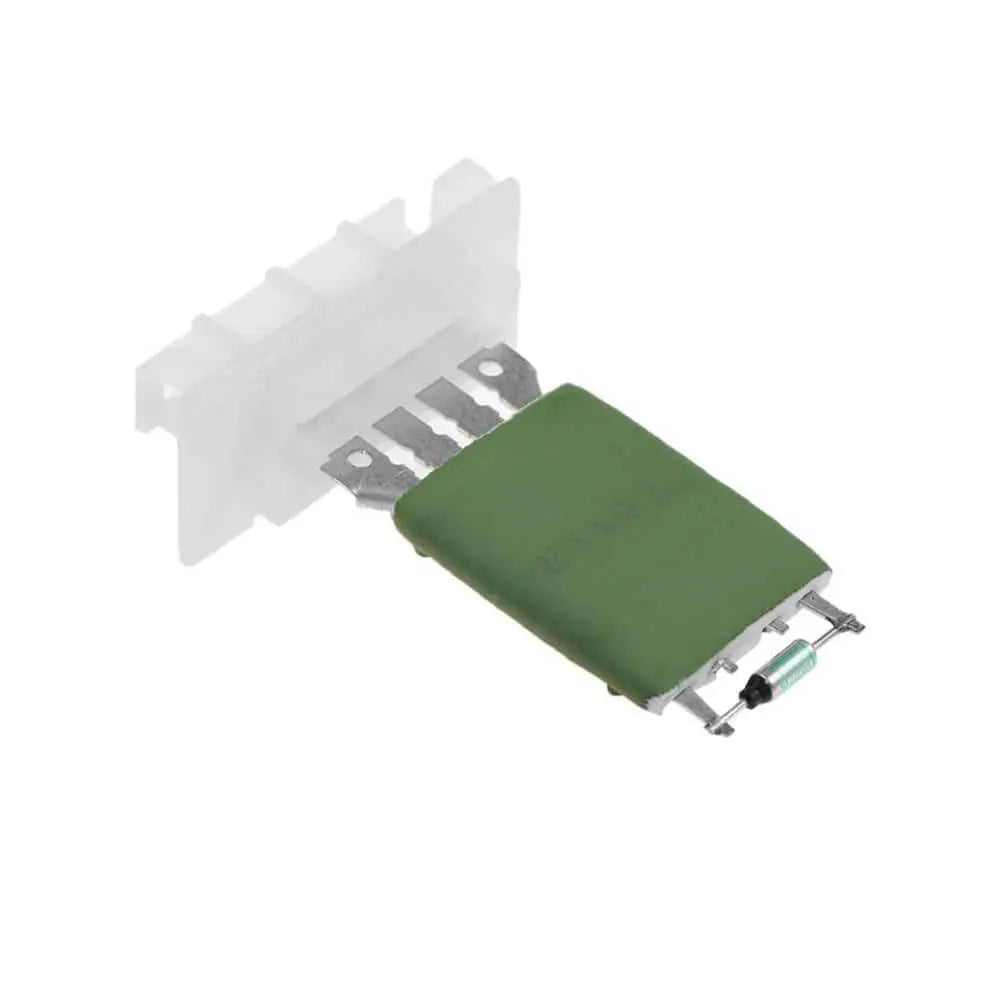
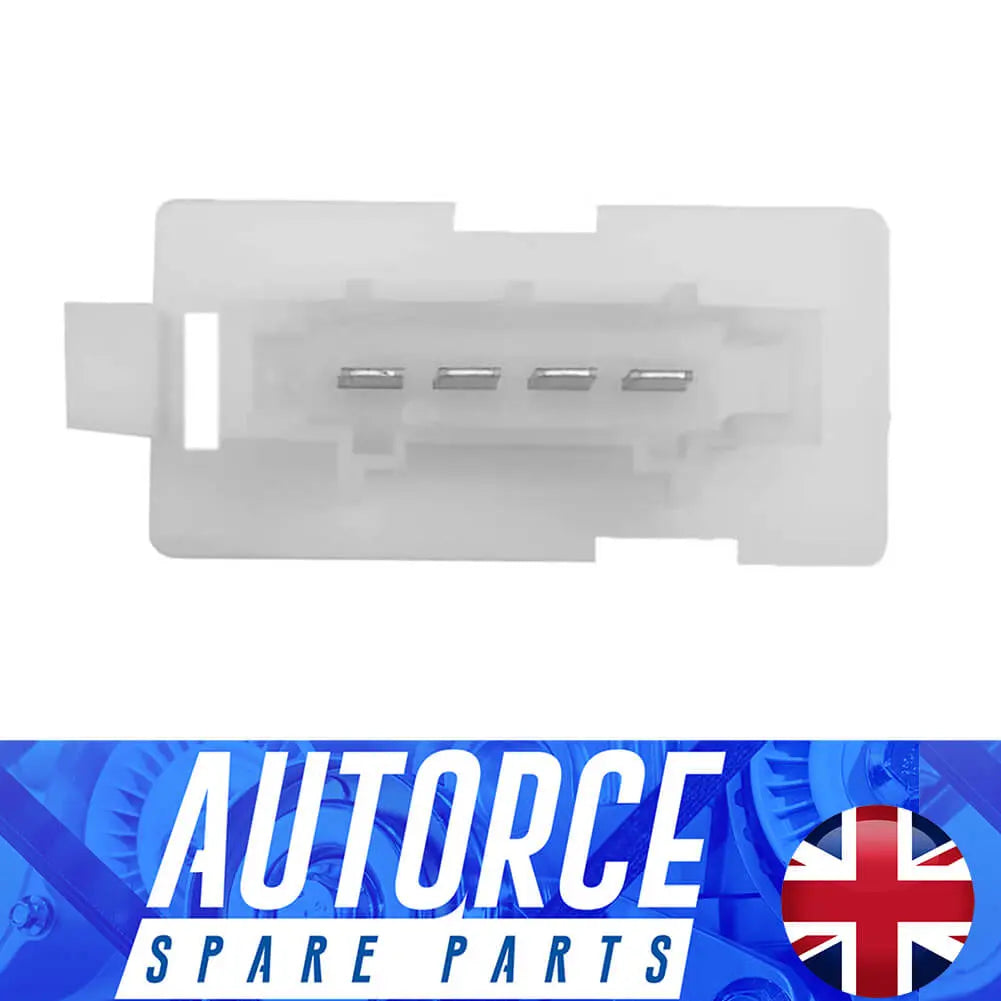
Heater Blower Motor Fan Resistor For Citroen Berlingo/Berlingo First Van MPV - 6450NV, 46770818, 6450.NV
In stock, 50 units
Sale price£16.90
Filters (0)
